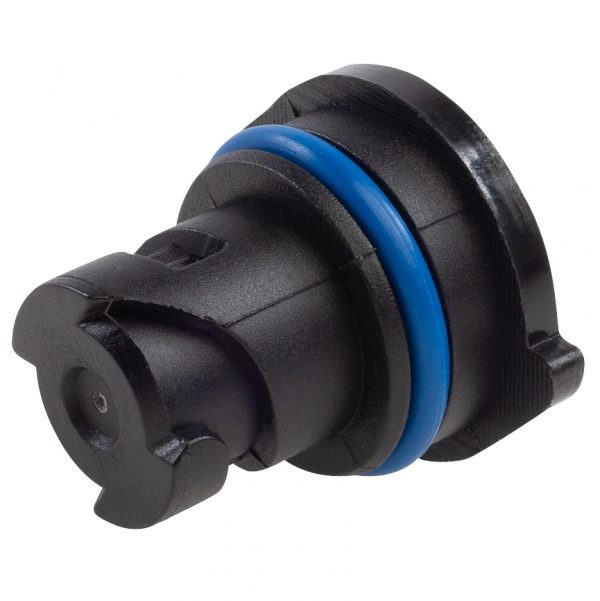Choosing the Right Size for Oil Bolt Applications and Maintenance
Understanding Oil Bolt Size A Comprehensive Guide
In the world of machinery and industrial applications, various components work together to ensure optimal performance. Among these components, bolts, and specifically oil bolts, play a critical role in maintaining the integrity and functionality of systems. Understanding the size and application of oil bolts is essential for anyone involved in mechanical engineering, maintenance, or industrial operations. This article delves into the specifics of oil bolt sizes, their importance, and how to select the right one for your needs.
What is an Oil Bolt?
An oil bolt, also known as an oil drain plug or oil plug, is typically utilized in engines and machinery to prevent oil leakage while facilitating easy oil changes. These bolts are engineered to withstand the pressures and temperatures associated with oil-filled systems. They are essential for ensuring that oil remains contained, thus protecting the engine and other components from potential damage.
Why Size Matters
The size of an oil bolt is crucial for several reasons
1. Sealing Efficiency An improperly sized bolt may not seal effectively, leading to oil leaks. This can cause significant engine damage, increased wear and tear, and potential breakdowns.
2. Compatibility Different engines and machines require specific sizes and types of oil bolts. Using the wrong size can lead to cross-threading, which may ruin the threading of the oil pan or the bolt itself.
3. Ease of Replacement When changing engine oil, having the correct bolt size ensures that the replacement process is quick and hassle-free. It eliminates the need for excessive force, which could damage other components.
Measuring Oil Bolt Size
Oil bolt sizes are typically represented by their diameter and thread pitch. Common sizes include metric measurements (such as M10, M12) or imperial sizes (such as 3/8, 1/2). To measure bolt sizes accurately, one should take the following steps
oil bolt size

1. Diameter Measurement Use calipers to measure the diameter of the bolt shaft. Ensure that you take the measurement at the widest point.
2. Thread Pitch Check The thread pitch refers to the distance between threads and can differ even among bolts of the same diameter. It can be measured using a thread gauge or by counting the number of threads in a specified length.
3. Length Measurement Measure the length of the bolt from the head to the end of the shaft. This is crucial when working with tight spaces where longer bolts may not fit.
Selecting the Right Oil Bolt
Choosing the right oil bolt involves several considerations
1. Material Oil bolts can be made from various materials, including steel, aluminum, and plastic. Steel bolts are often preferred for their strength and durability, but they must be coated to prevent corrosion.
2. Thread Type Ensure that the thread type (fine or coarse) matches that of the engine or machinery component to prevent cross-threading or damage.
3. Gasket Compatibility It’s essential to select a bolt that is compatible with the gasket material to ensure a proper seal and avoid leaks. Some oil bolts come with built-in gaskets that ensure a tight fit.
4. Application Requirements Depending on the specific application, you may need oil bolts that can withstand higher pressures and temperatures. Always refer to the manufacturer’s specifications for your specific engine.
Conclusion
In conclusion, understanding oil bolt size is imperative for anyone involved in engine maintenance or mechanical work. The right oil bolt not only ensures effective sealing and prevents leaks, but also facilitates smooth operation and prolongs the life of machinery. When selecting an oil bolt, consider its size, material, thread type, and compatibility with your specific application. By taking these factors into account, you can ensure that your machinery remains in peak condition, minimizing the risk of costly repairs and downtime. Always refer to technical specifications and manufacturer's guidelines to ensure the correct choice for your needs.
-
Understanding the Front Main Engine Seal: Purpose, Maintenance, and Installation
News Jul.29,2025
-
Understanding O-Rings and Seal Rings: Types, Applications, and Custom Solutions
News Jul.29,2025
-
Understanding Crankshaft Oil Seals: Rear Seals, Pulley Seals, and Their Role in Engine Integrity
News Jul.29,2025
-
The Importance of Front and Rear Crankshaft Seals in Engine Performance and Oil Management
News Jul.29,2025
-
Crank Oil Seals: Functions, Types, and Cost Considerations in Engine Maintenance
News Jul.29,2025
-
A Comprehensive Guide to O-Rings and Seals: Types, Materials, and Global Applications
News Jul.29,2025
-
Mastering Diesel and Performance Engine Maintenance: A Guide to Critical Oil Gaskets
News Jul.28,2025
Products categories















